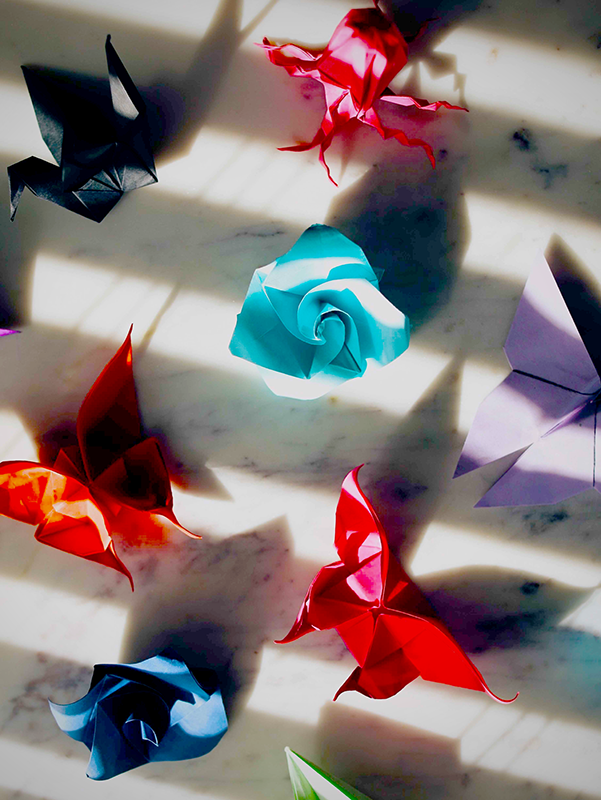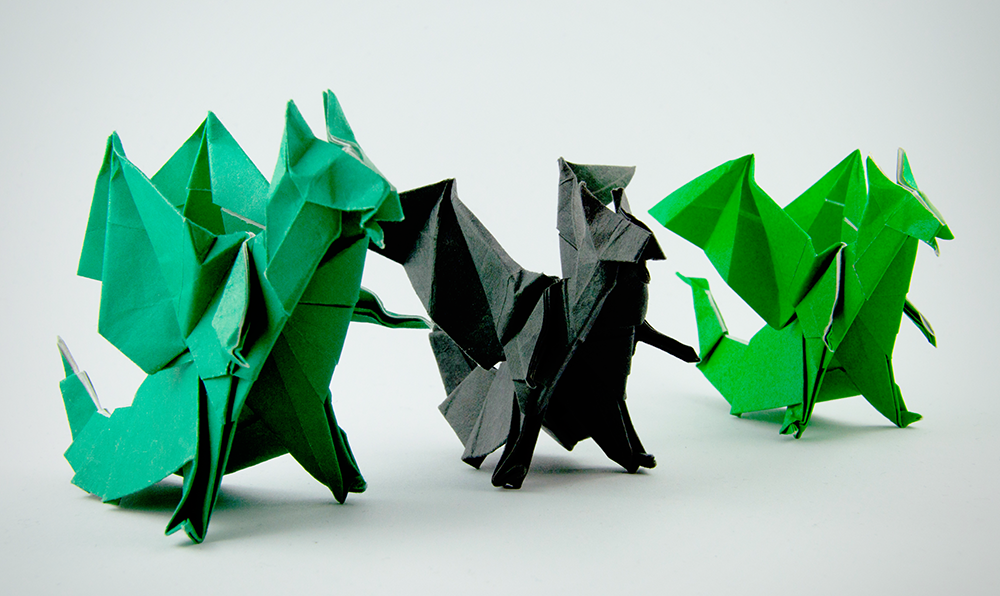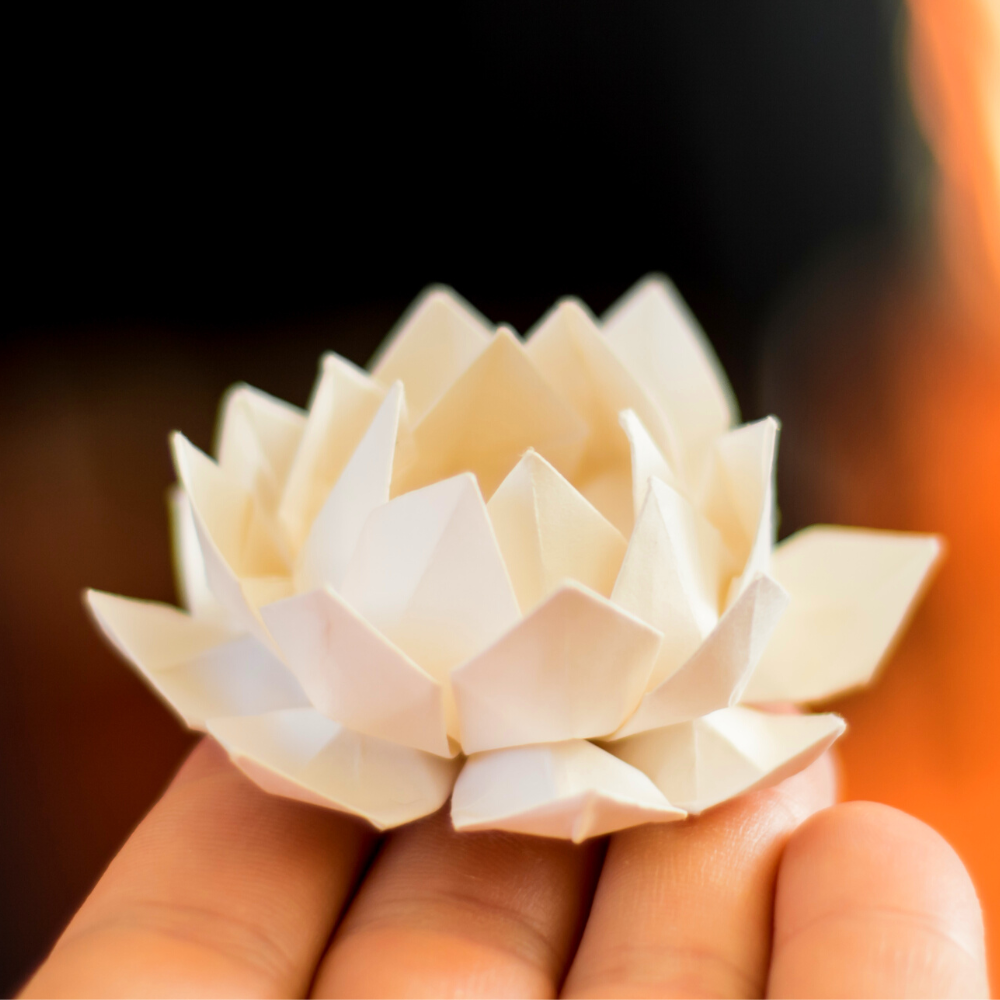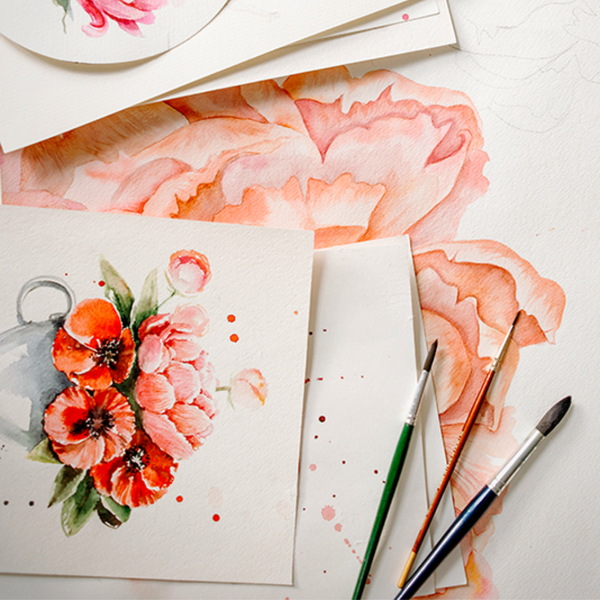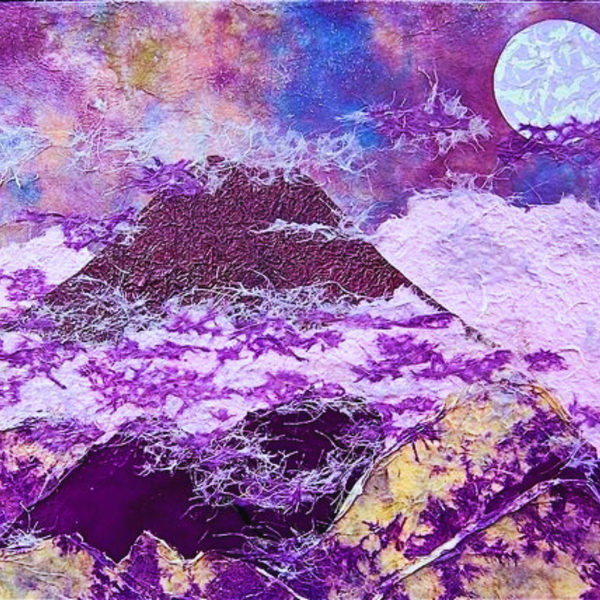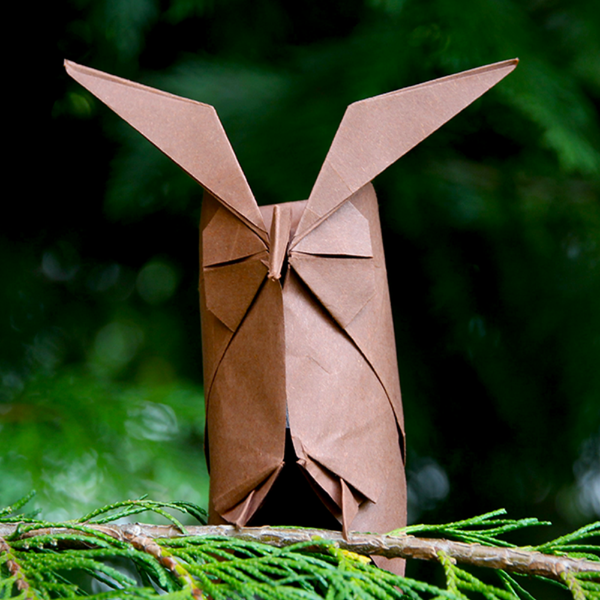Delicate folds, intricate designs, and a whisper of ancient secrets – origami is a mesmerizing dance between art and tradition.
Origami, the art of paper folding, is often considered synonymous with Japanese culture.
But as we marvel at each crease and bend, a question flutters like a paper crane in the wind: is origami inherently Chinese or Japanese?
This seemingly simple query opens a treasure trove of cultural heritage and historical intrigue.
This article delves into the origins, evolution, and cultural significance of origami, providing a comprehensive understanding of this ancient art form.
Join us as we embark on a journey through time and across borders to unravel the true origins of origami, exploring how this captivating art form has been shaped by the hands of history and embraced by different cultures, each adding their unique touch to the timeless craft of paper folding.
Key Takeaways:
- Origami is traditionally associated with Japanese culture, but its roots can be traced back to both China and Japan.
- The art form has evolved over centuries, incorporating influences from various cultures, including European and South American traditions.
- Contemporary origami has expanded beyond traditional methods, embracing new techniques and materials to create intricate designs.



Roots of Paper Folding: China or Japan?
The earliest recorded history of origami begins in China, where the invention of paper is credited to the Han Dynasty around 105 AD.
Chinese paper folding, known for its ceremonial purposes, was a practice reserved for religious ceremonies and elite members of society.
The Chinese name for paper folding, 'Zhezhi,' reflects the ancient art of folding paper into inanimate objects, including gold nuggets and boats.
However, the art form also has deep roots in Japanese culture.
Buddhist monks from China brought paper to Japan in the 6th century, where it was embraced for its foldable paper qualities and used in various religious and ceremonial contexts.
The Japanese term for paper folding, 'origami,' which combines the words 'oru' (to fold) and 'kami' (paper), became the name origami that is recognized worldwide today.
Evolution of Origami in Japanese Culture
During the Edo period (1603-1868), origami in Japan evolved from a practice for ceremonial purposes to a recreational activity enjoyed by all social classes.
The Japanese origami tradition included paper folding techniques such as the basic folds, mountain folds, and reverse folds, which allowed for the creation of a wide range of origami models, from the iconic paper cranes to intricate flowers.
Japanese schools began to include paper folding in their curricula, recognizing the educational value of origami in teaching geometry, patience, and concentration.
Origami designs became a staple of Japanese culture, with paper crafts such as origami butterflies and flapping birds becoming popular among children and adults alike.
Spread of Origami Beyond Japan
As Japan opened its doors to the world during the Meiji period, origami began to influence and be influenced by other cultures.
European culture, with its tradition of napkin folding, shared a significant overlap with Japanese origami.
Southern Europe and South America also contributed to the art form, introducing new techniques and materials that expanded the possibilities of what could be achieved with a single sheet of paper.
The global exchange of ideas led to the development of contemporary origami, which includes styles like modular origami, where multiple sheets are combined to create complex structures, and wet folding, a technique invented by Akira Yoshizawa that allows for more sculptural and rounded forms.

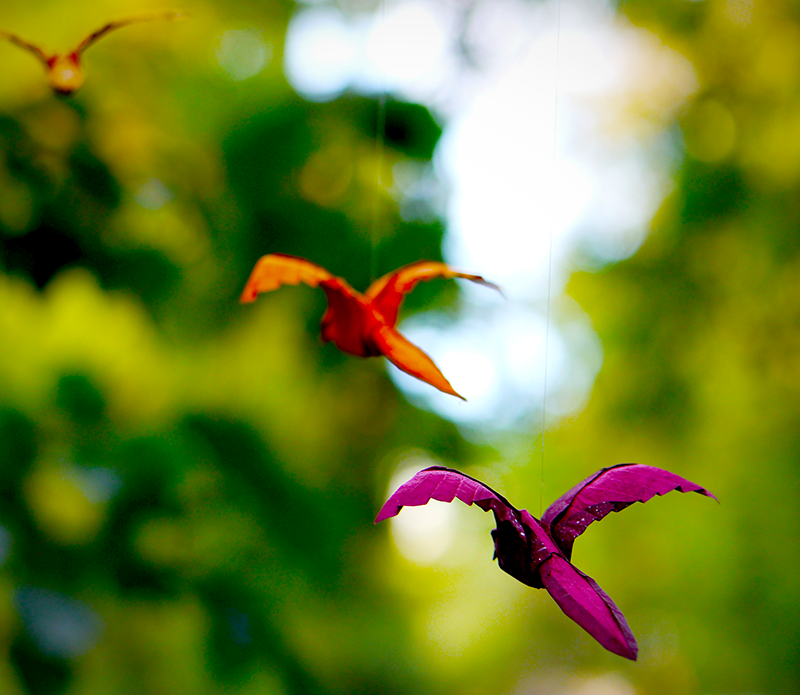
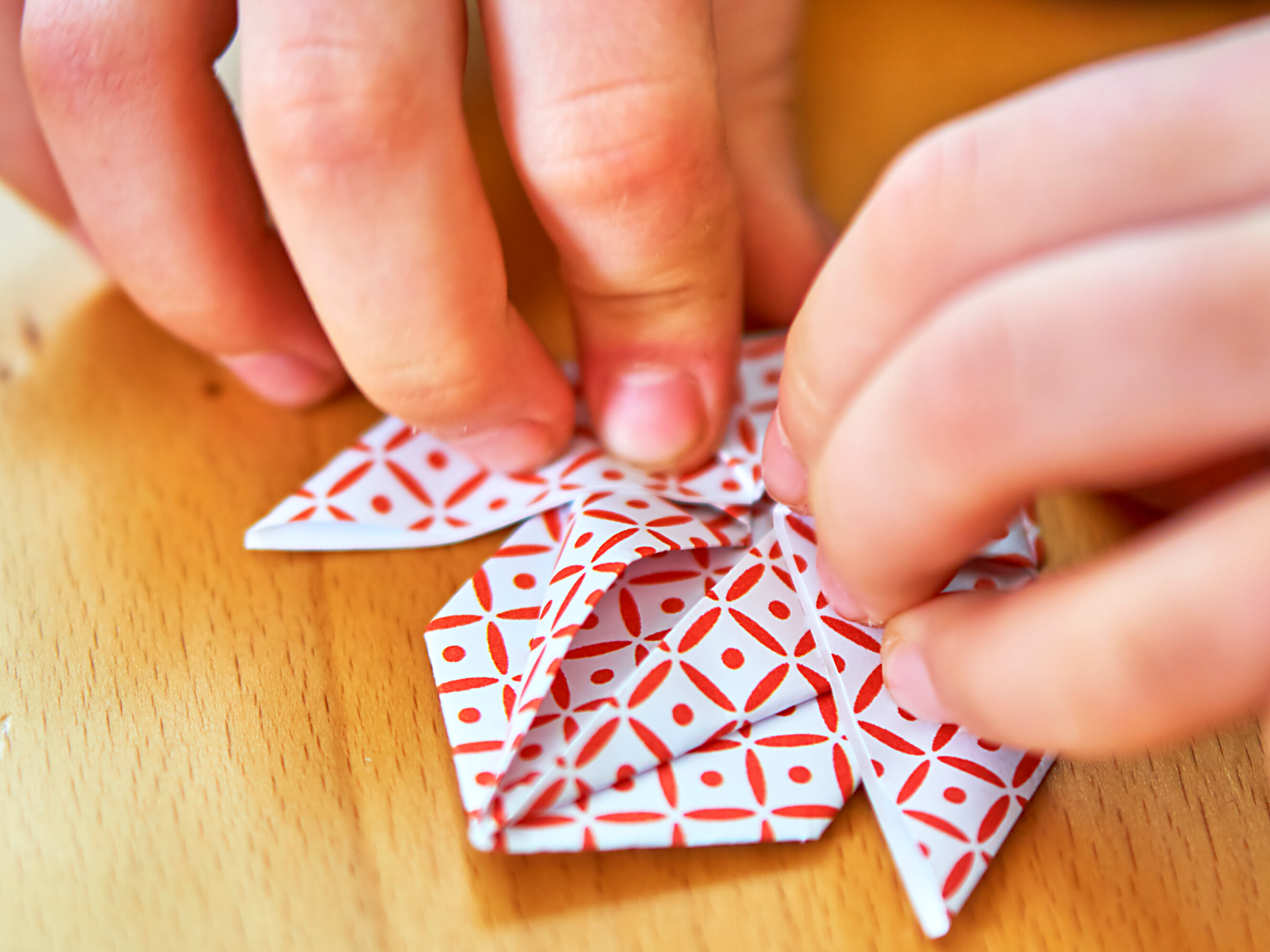
Etymology of the Term "Origami"
The Japanese word "origami" itself is a compound of two smaller words: "ori" meaning "folding," and "kami" which translates to "paper."
This term origami, however, only became popular in the 20th century.
Before this, the practice was often referred to by a variety of terms, including "orikata," "orisue," "orimono," and "tatamigami."
The evolution of the term reflects the refinement of the art itself, moving from simple paper folding to a more structured and recognized form with specific techniques such as squash folds and crease patterns.
The word origami is now synonymous with the art of paper folding worldwide, but it is important to note that the concept of making paper objects is not exclusive to Japan.
Both Japan and China have rich traditions of paper crafts, though the term origami is specifically Japanese.
The Chinese equivalent, often referred to as "zhezhi," includes the well-known flapping bird model, which is a classic example of how similar concepts developed independently in different cultures.
Material Evolution: Old Rags to Specialty Paper
Origami's history is not only about the evolution of folding techniques but also about the materials used.
The earliest paper was made from old rags and plant fibers, which were less pliable and more difficult to fold than the paper used today.
As papermaking techniques improved, so did the quality of paper available for origami.
This allowed for more intricate designs and the development of complex folding techniques that required thinner, stronger, and more flexible paper.
Today, there are papers made specifically for origami, ranging from traditional washi paper to modern foil-backed and duo-colored varieties.
The choice of paper can greatly affect the final appearance and functionality of the folded piece.
For instance, a crease pattern on washi paper will hold its shape differently than one on standard printer paper.
This progression in paper quality has allowed origami artists to push the boundaries of what can be created, making paper folding an ever-evolving art form.
Influence of Chinese Paper Folding
While Japanese origami is widely celebrated, the contributions of Chinese paper folding to the art form cannot be overlooked.
Chinese refugees brought their paper folding skills to various parts of the world, including America, where the Golden Venture folding phenomenon occurred in an American prison, showcasing the therapeutic and communal aspects of this ancient art.
Chinese paper cutting, another traditional art form, has also had an impact on origami.
The intricate designs and patterns of cut paper have inspired origami artists to explore new dimensions of the art, leading to the creation of complex crease patterns and foldable paper sculptures.

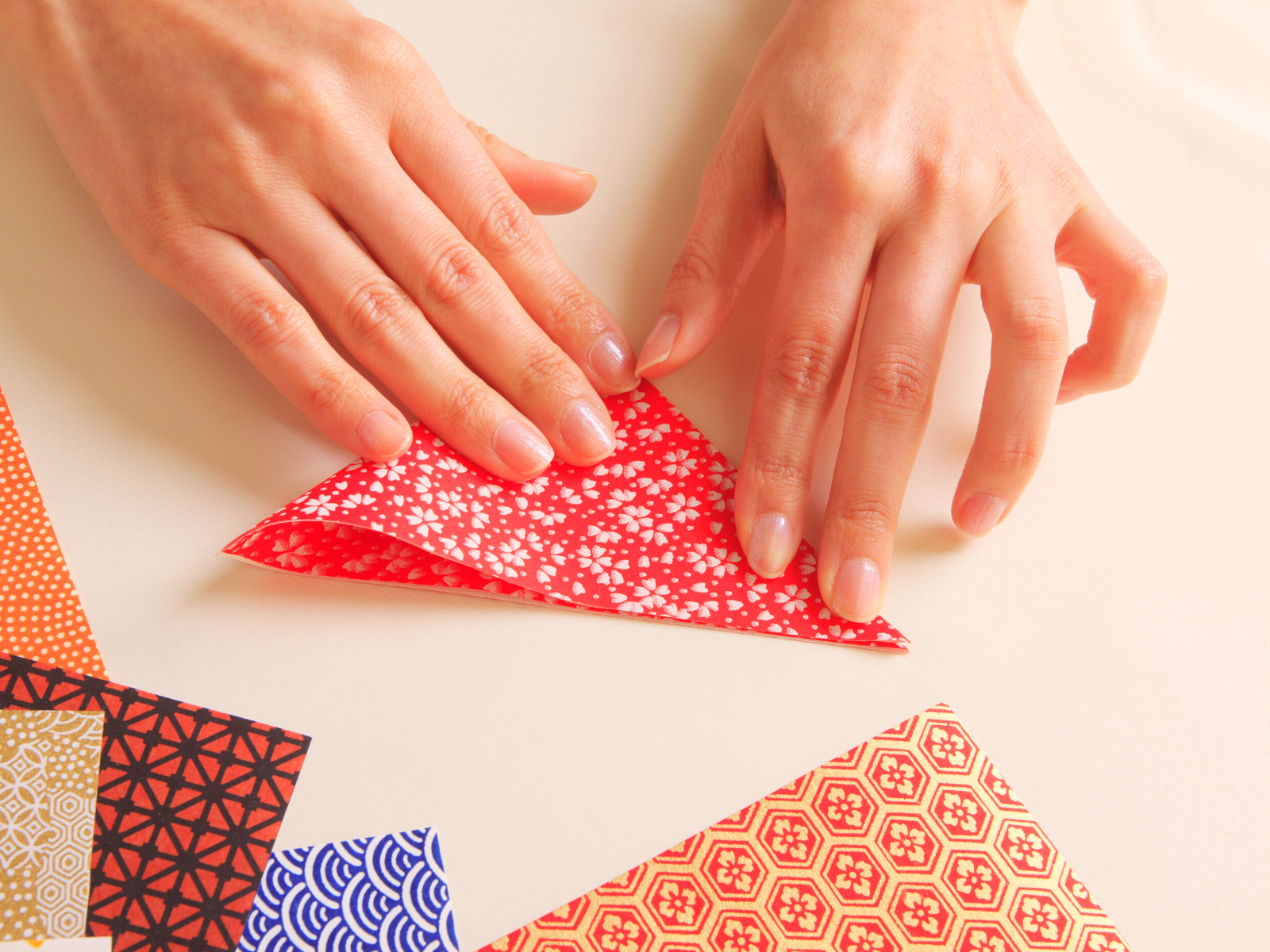

Origami Today: A Fusion of Traditions
Origami continues to thrive as a global art form, with artists like Satoshi Kamiya and Robert Lang pushing the boundaries of what can be achieved with paper.
The origami center, a concept that has emerged in various countries, serves as a hub for enthusiasts to learn and share techniques, fostering a community that spans cultures and continents.
Recreational origami remains a popular pastime, with origami models being used for charity fundraisers, educational purposes, and as public domain art.
The art of paper folding has proven to be a versatile and enduring craft, adaptable to new techniques, materials, and cultural influences.
Significance of Origami in Modern Times
In contemporary society, origami is more than just an art form; it has applications in fields as diverse as medicine, space exploration, and engineering.
The principles of origami are used to design foldable structures and materials that can expand and contract, solving practical problems in innovative ways.
The cultural significance of origami also persists, with paper cranes remaining a symbol of peace and hope.
Origami designs are often featured in charity fundraisers and community events, demonstrating the art's ability to bring people together and serve a greater purpose.

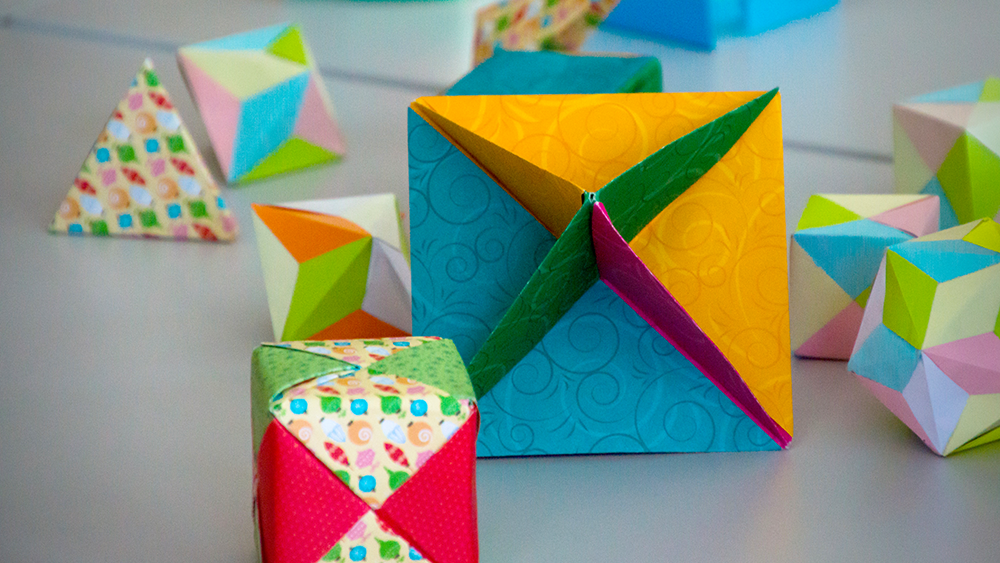
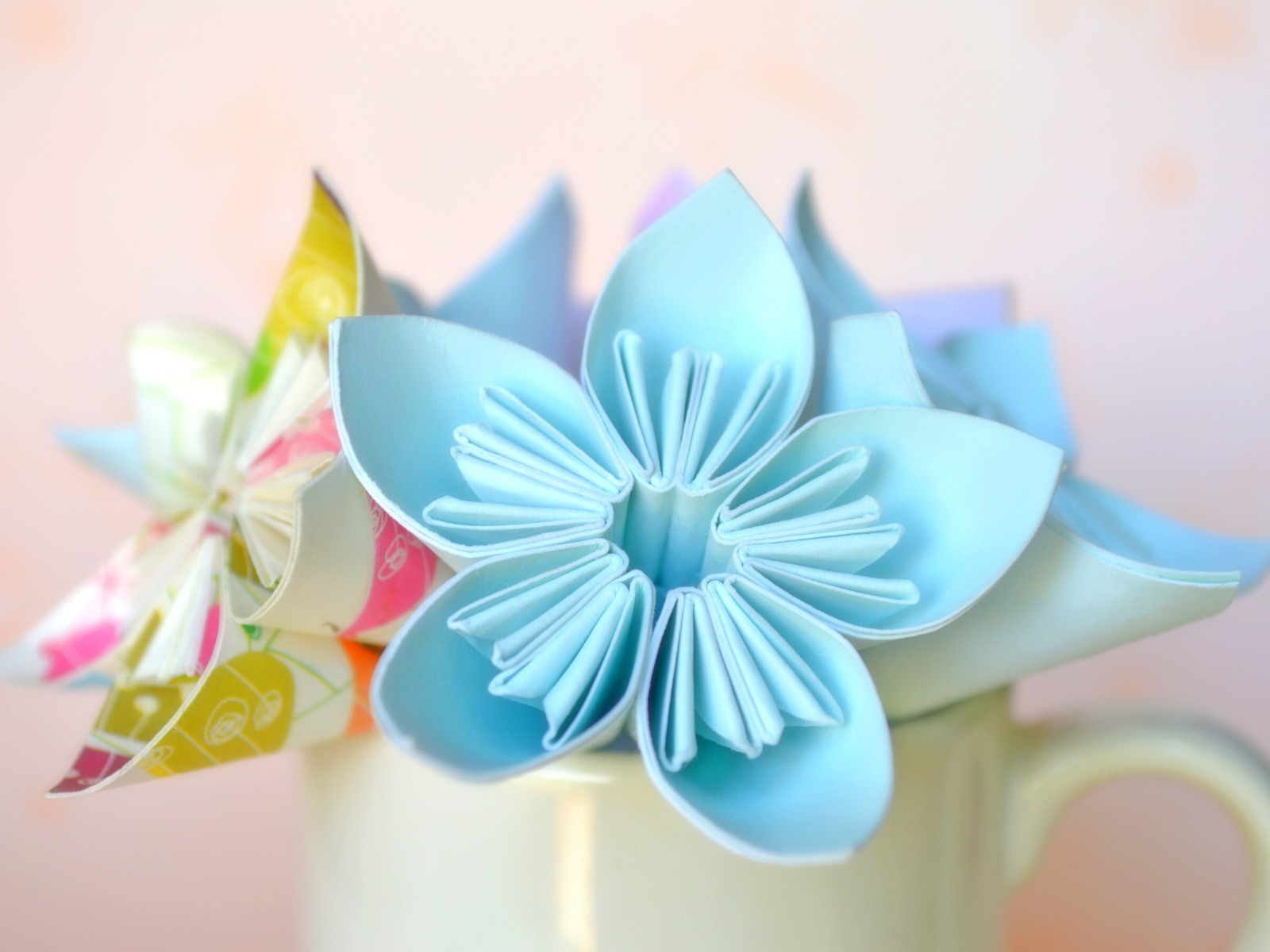
Final Crease: Origami's Multicultural Legacy
As we smooth out the last fold in our exploration, it's clear that origami's story is not confined to a single culture or origin.
The art of paper folding has roots in both China and Japan, with each culture contributing to its development and spread.
This delicate art form is a confluence of traditions, a blend of Chinese innovation and Japanese refinement, which has transcended borders and time.
Origami is a testament to the shared human spirit of creativity and the joy found in transformation – from a flat sheet to a figure of beauty and complexity.
Over time, origami has incorporated influences from various cultures, leading to the diverse and dynamic art form we see today.
It's a narrative that continues to evolve, inviting each of us to be part of its ongoing journey.
Whether it's the traditional Japanese paper crane or the intricate designs inspired by Chinese paper cutting, origami continues to be a significant cultural and artistic expression across the globe.
So, as we appreciate every crease and corner, let's celebrate origami not just as Chinese or Japanese, but as a global art form that continues to fold together the pages of history into a collective masterpiece.
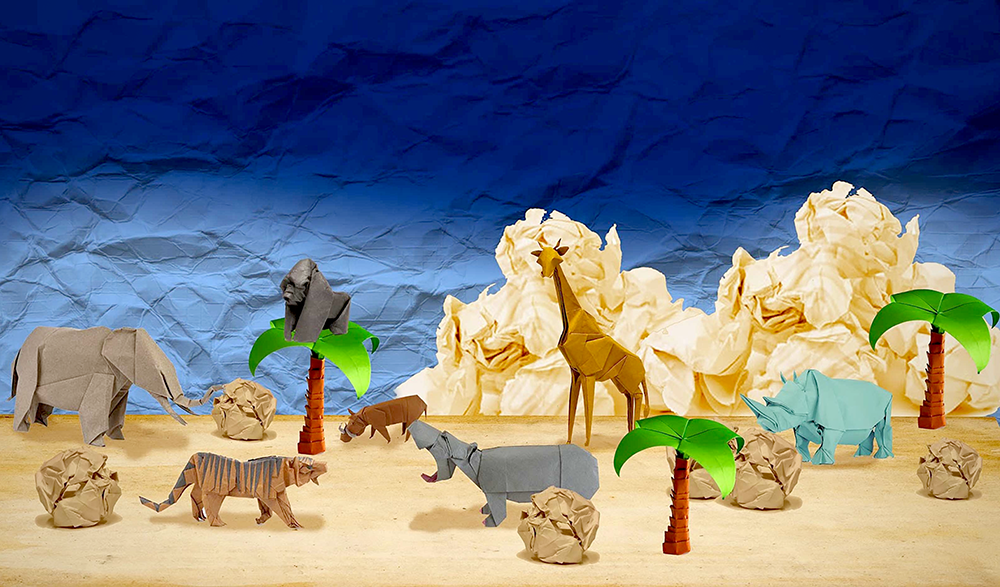
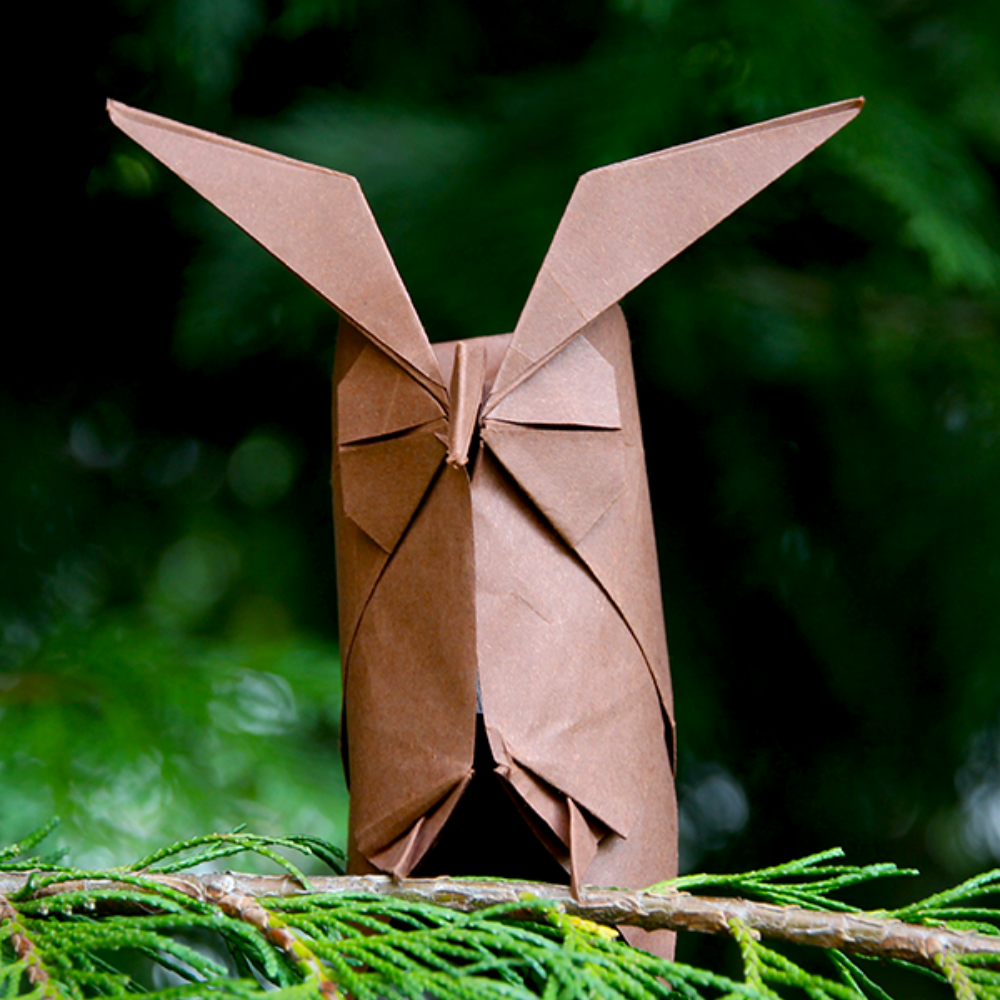

Origami FAQs
Origami, the delicate art of paper folding, has intrigued and inspired countless individuals around the globe.
It's an art form that transcends age, culture, and skill, inviting everyone from young crafters to serious artists into its world of endless possibilities.
But as simple as it may seem, origami holds within its creases a depth of history, technique, and application that often leads to questions.
Whether you're a seasoned paper folder or a curious newcomer, we're here to unfold the answers to your most pressing origami inquiries.
Let's dive into the intricate world of origami and discover the folds of knowledge that make this art form a timeless tradition and a modern marvel.
What is the origin of the word 'origami'?
The word 'origami' is of Japanese origin, combining the words 'oru' (to fold) and 'kami' (paper). It reflects the Japanese practice of paper folding that has become known internationally.
Are there different styles of origami?
Yes, there are various styles of origami, including traditional Japanese origami, Chinese paper folding, modular origami, and contemporary techniques like wet folding. Each style has its unique characteristics and methods.
Can origami be more than just an art form?
Absolutely. Origami principles are applied in science, engineering, and design to create foldable structures and materials. It also has therapeutic benefits and is used in educational settings to teach mathematical concepts and enhance cognitive skills.

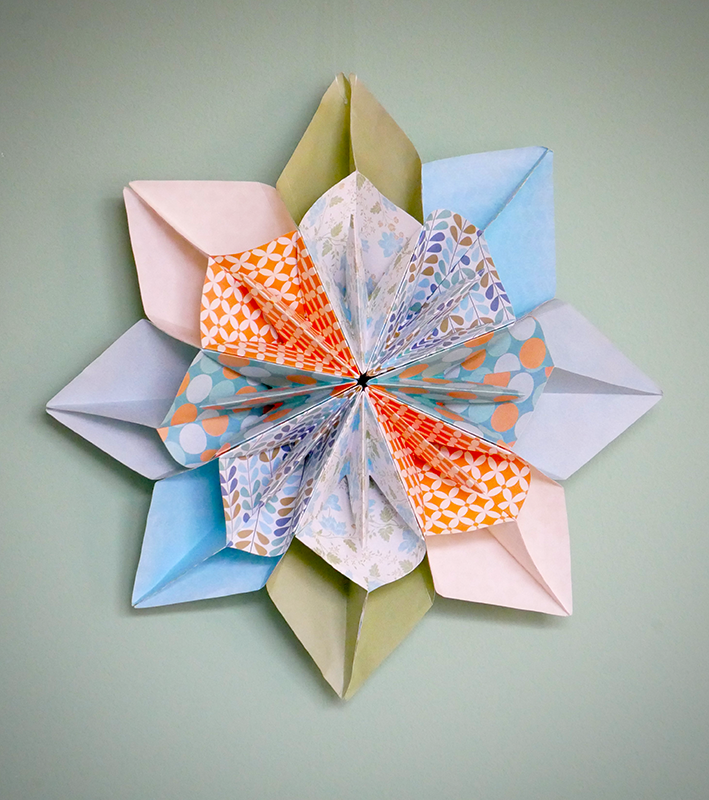

Curious about origami and interested in learning more? Check out Dyce Quirk's video!
Want even more content about creativity and art?
Be sure to check out all of our creative chronicles!
Eager to dive into the realm of paper art?
Check out our other art paper articles:
-What is art with paper called?
-What is Chinese paper art called?
-What are paper sculpture techniques?

